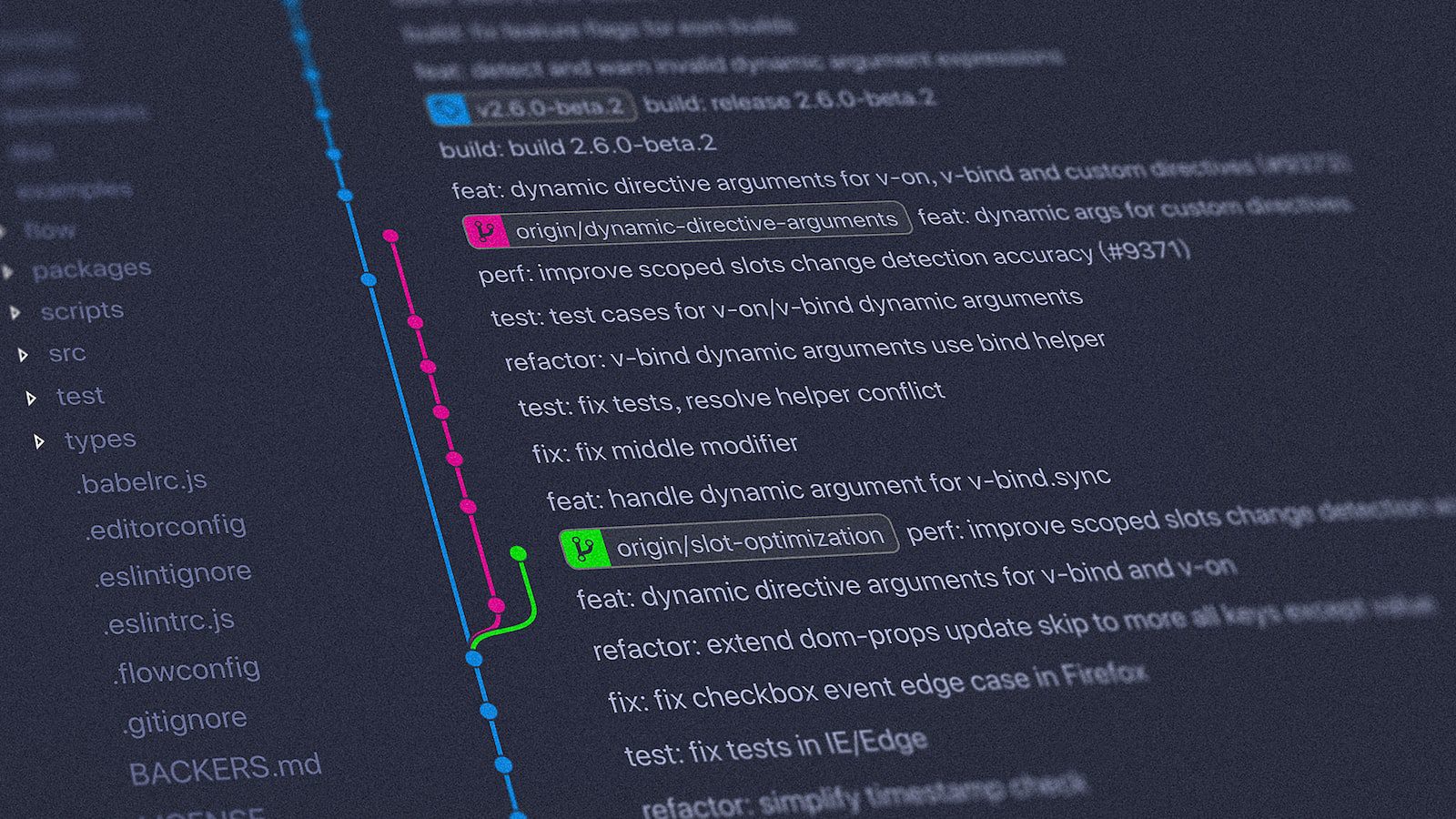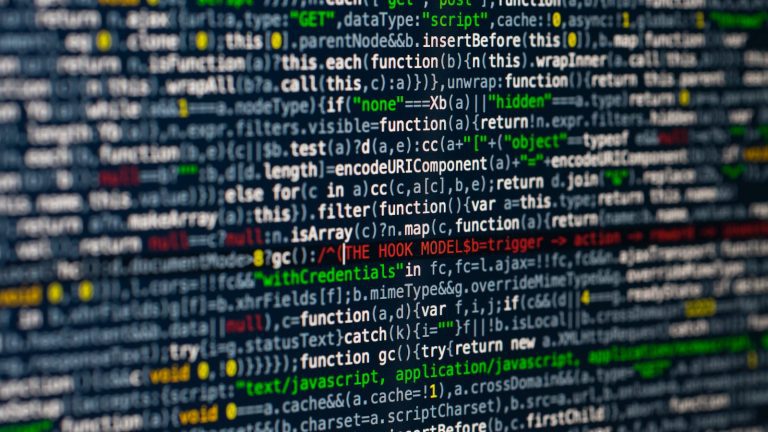What are Capital Expenditures in Forex?
Foreign Exchange, more commonly known as Forex is an international economic system that allows for the trade of one currency for another. The name is a portmanteau of the words foreign and exchange. This system is both a source of income and of long-term investment which requires the evolution of markets affected by the economic systems of different countries to be taken into account. The forex market is open 24 hours a day, five days a week, meaning traders are able to engage in the market at any time when opportunity arises.
Why are Capital Expenditures Significant?
Prior to the introduction of new technology and recently discovered resources, economic systems were typically closed. This meant that people were restricted in their trading opportunities, and any exchange of capital within the country would be controlled by the central government. As increasing wealth creates pressure to open borders to foreign capital, the importance of capital movements must be taken into account. Governments must carefully consider the implications of any fluctuations in exchange rates, and investors must carefully consider how their investments could be affected by changes in the foreign exchange markets.
Building Long-Term Value with Capital Expenditure Strategies
Investors must first consider their long-term objectives before making any decisions in the forex market. By doing this, they can determine which strategy is best suited for their investment goals. For example, they might choose a strategy that focuses on earning short-term profits while taking advantage of current market conditions. On the other hand, investors may want to consider investing in assets over the long-term. Investors should also be aware of any potential risks that could occur from ill-thought-out capital transactions.
When foreign capital is introduced into an economy, it can have significant implications for inflation and economic growth. Inflation can cause prices to rise due to increased demand, while economic growth can be limited by the introduction of new competition in the economy. Investors should also be aware of potential capital flight. This is when investors attempt to withdraw their investments from the market due to the fear of economic instability or future capital restraints such as capital gains taxes.
In conclusion, capital expenditures are an important factor to consider when trading in the Forex market. The introduction of foreign capital into an economy can have far-reaching implications on profitability and future growth. It is important for investors to understand the risks and rewards associated with this type of strategy so that they may make an informed decision on their investments. yet friendly
What are capital expenditures?
Capital expenditures refer to the money companies spend on acquiring or maintaining physical assets such as property, plant, and equipment. These funds are often used to purchase items such as vehicles, computers, furniture, buildings, and industrial equipment. Additionally, capital expenditures are used for repairs and improvements to previously-purchased assets.
Companies can choose to finance their capital expenditures by taking out loans or raising money through the sale of stocks and bonds. It is important to remember that capital expenditures are not deducted on taxes. Companies that fail to finance their capital expenses may take on large amounts of debt, leading to bankruptcy in some cases.
Types of Capital Expenditure
Capital expenditures can be broken down into two different categories: short-term and long-term. Short-term capital expenditures are those that have a life-span of less than one year. Examples of short-term capital expenditures include the purchase of office furniture, equipment, and vehicles for the company.
Long-term capital expenditures are those that have a duration of more than one year. Examples of long-term capital expenditures include the purchase of a new office building, industrial equipment, and machinery.
Examples of Capital Expenditure
A few examples of capital expenditure include:
• Purchasing land for business use
• Building a new office or factory
• Purchasing computers and other equipment
• Purchasing a new company truck
• Repairs or improvements to purchased assets
• Installing new technology and software
Importance of Capital Expenditure
Capital expenditure is important because it allows companies to remain competitive and grow. By investing in capital expenditures, companies can ensure that they have the latest technology and equipment they need to compete. Additionally, capital expenditure allows companies to build upon existing assets, thereby increasing their profits and market value.
The practice of regularly investing in capital expenditures can also help a company remain profitable in the long run. By investing in items that last longer than a year, companies can spread out their expenses and reduce the risk associated with short-term investments. This can be particularly beneficial during an economic recession, as it allows companies to hedge against cash flow risks.
Overall, capital expenditure is critical for any company that wants to stay competitive and remain profitable. By investing in long-term assets and improvements to existing assets, companies can improve their efficiency and profitability.












